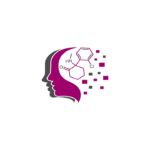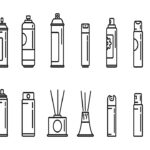Unveiling the Intricacies of Arousal Addiction
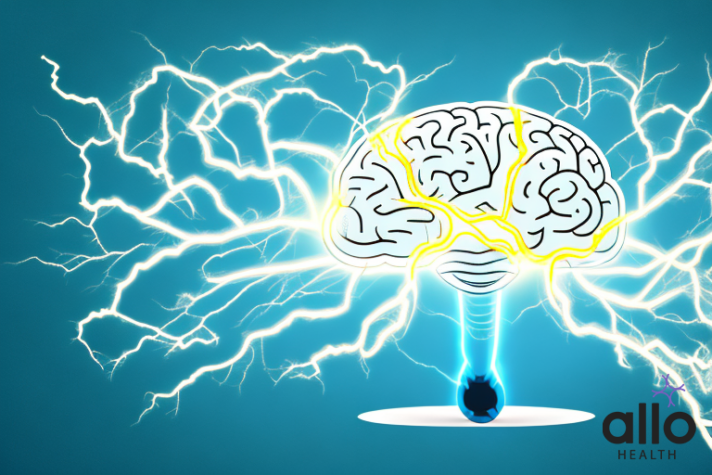
"The following blog article provides general information and insights on various topics. However, it is important to note that the information presented is not intended as professional advice in any specific field or area. The content of this blog is for general educational and informational purposes only.
Book consultation
The content should not be interpreted as endorsement, recommendation, or guarantee of any product, service, or information mentioned. Readers are solely responsible for the decisions and actions they take based on the information provided in this blog. It is essential to exercise individual judgment, critical thinking, and personal responsibility when applying or implementing any information or suggestions discussed in the blog."
In our modern era, the pursuit of pleasure has taken various forms, one of which is arousal addiction. This phenomenon, often overlooked, encompasses a range of behaviors and experiences that individuals seek out to satisfy an insatiable craving for heightened arousal. From thrill-seeking activities to compulsive behaviors, understanding the intricacies of arousal addiction is crucial for addressing its underlying mechanisms and potential consequences. In this article, we delve into the multifaceted nature of arousal addiction, exploring its psychological, neurological, and societal dimensions to shed light on this complex yet prevalent aspect of human behavior.
What is Arousal Addiction?
Arousal addiction refers to the compulsive need for heightened states of excitement or stimulation to feel satisfaction. It extends beyond mere thrill-seeking, often manifesting in behaviors like excessive gambling, substance abuse, or risky sexual activities. This addiction stems from the brain’s craving for the rush of adrenaline and dopamine release associated with intense experiences.
Over time, individuals may find it increasingly difficult to derive pleasure from ordinary activities, leading to a cycle of seeking out more extreme forms of sexual stimulation. Arousal addiction can have severe consequences on mental health, relationships, and overall well-being if left unaddressed.
The Science Behind Arousal Addiction
Arousal addiction involves seeking out activities or stimuli that produce intense excitement or arousal.
- It is rooted in the brain’s reward system, which releases dopamine when we engage in pleasurable activities.
- Over time, individuals may develop a tolerance to the same level of arousal, leading them to seek out increasingly intense stimuli.
- This can lead to risky behaviors or addiction to substances or activities that provide a high level of arousal.
- Brain imaging studies have shown that arousal addiction affects the same neural pathways as drug addiction.
- Treatment often involves therapy to address underlying psychological concerns and develop healthier coping mechanisms.
How Does Arousal Addiction Develop?
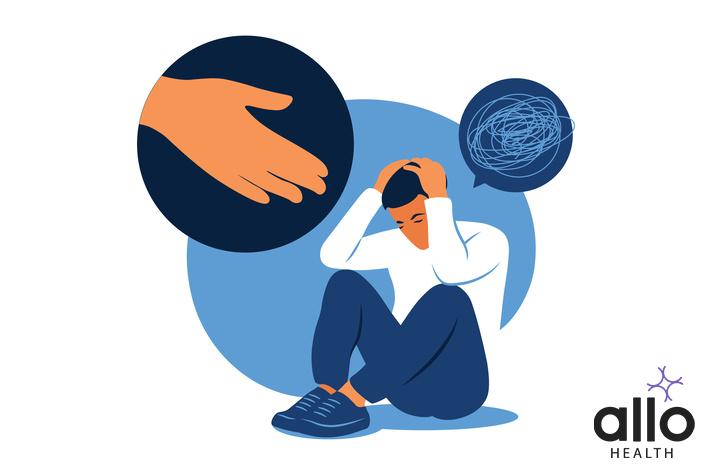
Arousal addiction can develop due to repeated exposure to highly stimulating activities or substances. Over time, the brain may become desensitized to lower levels of arousal, leading individuals to seek out more intense experiences to achieve the same level of excitement.
- Factors such as genetics, environment, and early experiences can also play a role in predisposing individuals to arousal addiction.
- Chronic stress or trauma may drive individuals to seek relief through arousal-inducing behaviors or substances.
- Social and cultural influences can contribute to the normalization and reinforcement of arousal-seeking behavior.
- Psychological factors such as impulsivity, sensation-seeking, and reward sensitivity may also contribute to the development of arousal addiction.
Common Causes of Arousal Addiction
Environmental Factors
- Overexposure to Stimuli: Constant exposure to arousing content such as pornography or thrill-seeking activities can lead to desensitization and a craving for higher levels of arousal.
- Peer Influence: Pressure from peers or social circles can encourage individuals to engage in activities that promote arousal addiction, such as substance abuse or risky behaviors.
Psychological Factors:
- Underlying Trauma: Individuals may use arousal as a coping mechanism to escape from unresolved trauma or emotional distress.
- Low Self-Esteem: A lack of self-worth can drive individuals to seek validation and excitement through addictive behaviors.
- Impulsivity: Impulsive tendencies can contribute to engaging in activities that provide immediate gratification, leading to the development of arousal addiction.
Biological Factors:
- Neurochemical Imbalance: Dysregulation of neurotransmitters such as dopamine, serotonin, and endorphins can influence the brain’s reward system, making individuals more susceptible to addiction.
- Genetic Predisposition: Genetic factors can play a role in determining an individual’s susceptibility to developing addiction, including arousal addiction.
Symptoms of Arousal Addiction

- Increased Tolerance: Individuals may require more intense or frequent stimuli to achieve the same level of arousal.
- Preoccupation: Constantly thinking about or seeking out activities that stimulate arousal, often to the detriment of other responsibilities.
- Withdrawal Symptoms: Experiencing negative physical or emotional symptoms when unable to engage in arousing behaviors.
- Difficulty in Relationships: Struggling to maintain healthy relationships due to prioritizing arousal-seeking behaviors over interpersonal connections.
- Neglecting Responsibilities: Failing to fulfill obligations at work, school, or home due to spending excessive time pursuing arousal.
- Continued Use Despite Consequences: Engaging in arousal-seeking behaviors despite knowing they have negative consequences on one’s life.
- Inability to Control Urges: Feeling unable to control impulses to engage in arousing activities, even when attempting to resist.
Physical and Emotional Effects of Arousal Addiction
Physical Effects:
- Increased heart rate: Arousal addiction can lead to a constant state of heightened arousal, causing the heart to beat faster.
- Elevated blood pressure: The body’s response to arousal can result in increased blood pressure, which, if sustained over time, can contribute to cardiovascular complications.
- Muscle tension: Chronic arousal can lead to tense muscles and body aches, as the body remains in a state of readiness.
- Difficulty sleeping: Arousal addiction can disrupt sleep patterns, leading to insomnia or restless sleep.
Emotional Effects:
- Anxiety: Constant arousal can trigger feelings of anxiety and worry, as the body and mind remain on high alert.
- Irritability: Arousal addiction may result in irritability and mood swings, as individuals struggle to maintain a balanced emotional state.
- Decreased emotional regulation: Prolonged arousal can impair the brain’s ability to regulate emotions effectively, leading to heightened emotional reactivity.
- Relationship conflicts: Arousal addiction can strain relationships, as individuals may prioritize seeking arousal over maintaining healthy connections with others.
How to Diagnose Arousal Addiction?
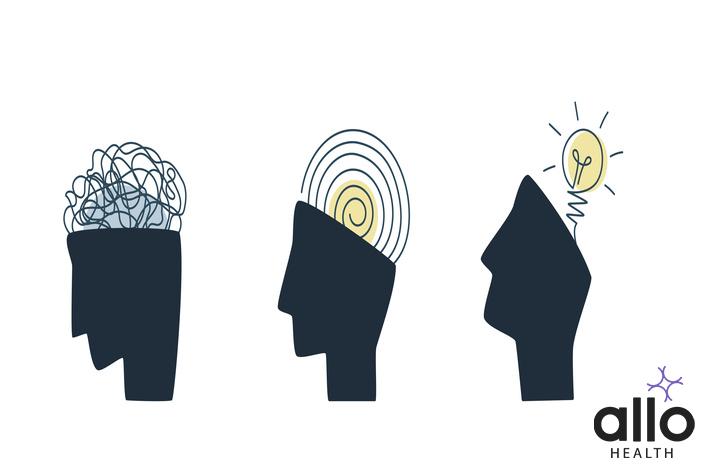
- Identify patterns of excessive sexual behavior or compulsive viewing of pornography.
- Notice frequent preoccupation with sexual thoughts or fantasies.
- Pay attention to changes in behavior, such as neglecting responsibilities or relationships due to the pursuit of arousal.
- Evaluate emotional responses, such as guilt, shame, or anxiety, associated with sexual activity.
- Consider seeking professional help if arousal-related behavior becomes uncontrollable or interferes with daily life.
- Take note of physical symptoms like erectile dysfunction or changes in libido.
- Reflect on the impact of arousal-seeking behavior on mental health and overall well-being.
- Explore underlying factors such as trauma, stress, or underlying psychological disorders that may contribute to arousal addiction.
Types of Treatment for Arousal Addiction
- Behavioral therapy: This approach focuses on changing negative behaviors and thought patterns associated with arousal addiction.
- Cognitive-behavioral therapy (CBT): CBT helps individuals identify and challenge distorted thoughts and beliefs related to arousal addiction.
- Medication: Certain medications may be prescribed to help manage symptoms of arousal addiction, such as antidepressants or anti-anxiety drugs.
- Support groups: Joining support groups or attending group therapy sessions can provide individuals with a sense of community and encouragement.
- Lifestyle changes: Making healthy lifestyle changes, such as exercising regularly, practicing relaxation techniques, and maintaining a balanced diet, can help manage arousal addiction.
- Mindfulness and meditation: These practices can help individuals become more aware of their thoughts and feelings, leading to better control over arousal triggers.
Medications Used to Treat Arousal Addiction
Arousal addiction is a condition characterized by compulsive seeking of intense arousal or excitement.
- Medications used to treat arousal addiction aim to target underlying neurotransmitter imbalances.
- Selective serotonin reuptake inhibitors (SSRIs) like fluoxetine may be prescribed to help regulate mood and reduce impulsive behaviors.
- Antidepressants such as bupropion may also be effective in treating arousal addiction by modulating dopamine levels in the brain.
- Naltrexone, typically used to treat substance addiction, may be prescribed off-label to reduce cravings and compulsive behaviors associated with arousal addiction.
- However, medication alone may not be sufficient and is often combined with therapy and lifestyle changes for optimal treatment outcomes.
Coping Strategies for Managing Arousal Addiction
- Awareness: Recognize the signs of arousal addiction and acknowledge its impact on daily life.
- Seek professional help: Consult therapists or counselors specialized in addiction to develop coping strategies.
- Establish boundaries: Set limits on activities that trigger excessive arousal, such as limiting screen time or avoiding certain environments.
- Practice relaxation techniques: Engage in activities like meditation, deep breathing exercises, or yoga to reduce stress and manage arousal levels.
- Distract yourself: Find alternative activities to divert attention away from addictive behaviors.
- Build a support network: Surround yourself with understanding friends or family members who can offer encouragement and assistance in overcoming arousal addiction.
- Prioritize self-care: Take care of your physical and mental well-being by getting adequate sleep, eating healthily, and exercising regularly.
- Stay mindful: Practice mindfulness techniques to stay present and aware of your emotions and triggers.
Preventing Relapse in People with Arousal Addiction
- Establish a support system: Encourage individuals to build a strong network of friends, family, and professionals who can provide support and guidance.
- Identify triggers: Help individuals recognize the specific situations, emotions, or thoughts that lead to arousal-seeking behaviors.
- Develop coping strategies: Teach coping mechanisms such as mindfulness, relaxation techniques, and healthy distractions to manage cravings and prevent relapse.
- Address underlying troubles: Explore and address any underlying psychological or emotional issues that may contribute to arousal addiction.
- Encourage healthy lifestyle changes: Promote regular exercise, adequate sleep, balanced nutrition, and stress management techniques to support overall well-being and reduce the risk of relapse.
Conclusion
In conclusion, understanding arousal addiction involves recognizing its complex interplay between neurobiology, psychology, and environmental factors. By delving into the underlying mechanisms and triggers, individuals can better address and manage their addictive behaviors. Moreover, with increased awareness and support, effective interventions and treatment strategies can be developed to assist those struggling with arousal addiction in leading healthier and more fulfilling lives.
Most Asked Questions
-
What is arousal addiction?
Arousal addiction is a psychological condition characterized by a compulsive need for intense arousal or stimulation to feel pleasure or satisfaction. It can manifest in various forms, including but not limited to, substance abuse, excessive gambling, or risky sexual behavior.
-
What are the potential causes of arousal addiction?
Arousal addiction can stem from a combination of genetic predispositions, environmental factors, and psychological issues such as trauma, stress, or low self-esteem. It may also be linked to dysfunctions in brain pathways related to reward and pleasure.
-
How does arousal addiction impact individuals?
Individuals with arousal addiction may experience disruptions in their personal relationships, work or academic performance, financial stability, and overall well-being. It can lead to feelings of guilt, shame, and a cycle of compulsive behavior.
-
Can arousal addiction be treated?
Yes, arousal addiction can be treated through various therapeutic approaches, including cognitive-behavioral therapy, motivational interviewing, and medication in some cases. Treatment aims to address underlying issues, develop coping strategies, and promote healthier behaviors.
-
What are some strategies for preventing arousal addiction?
Prevention strategies include building strong social support networks, practicing stress management techniques, setting healthy boundaries, and seeking professional help if experiencing symptoms of addiction. Education and awareness about the risks associated with excessive arousal-seeking behaviors are also crucial.

